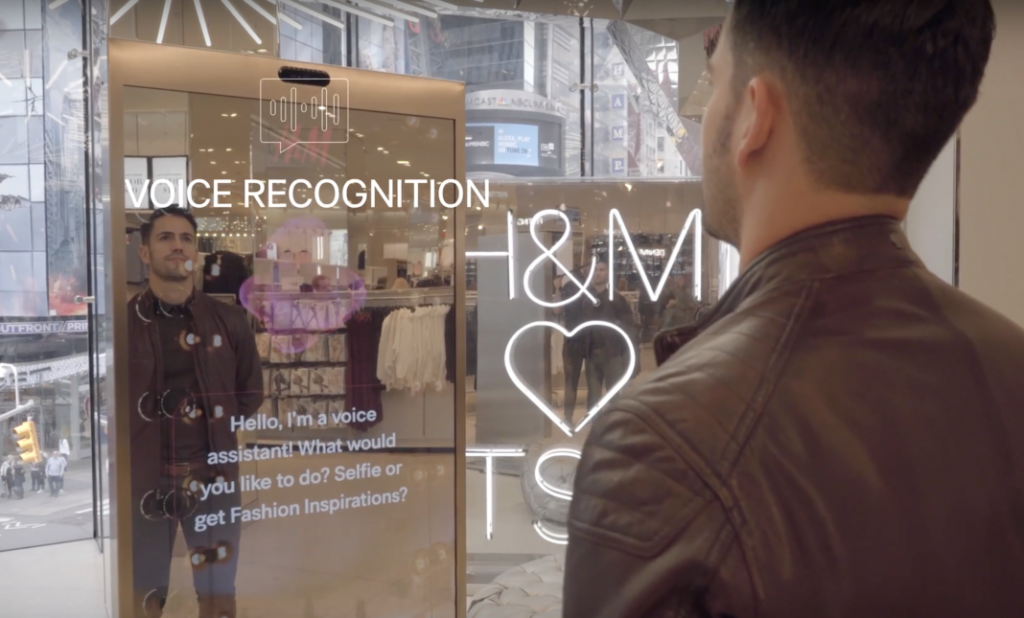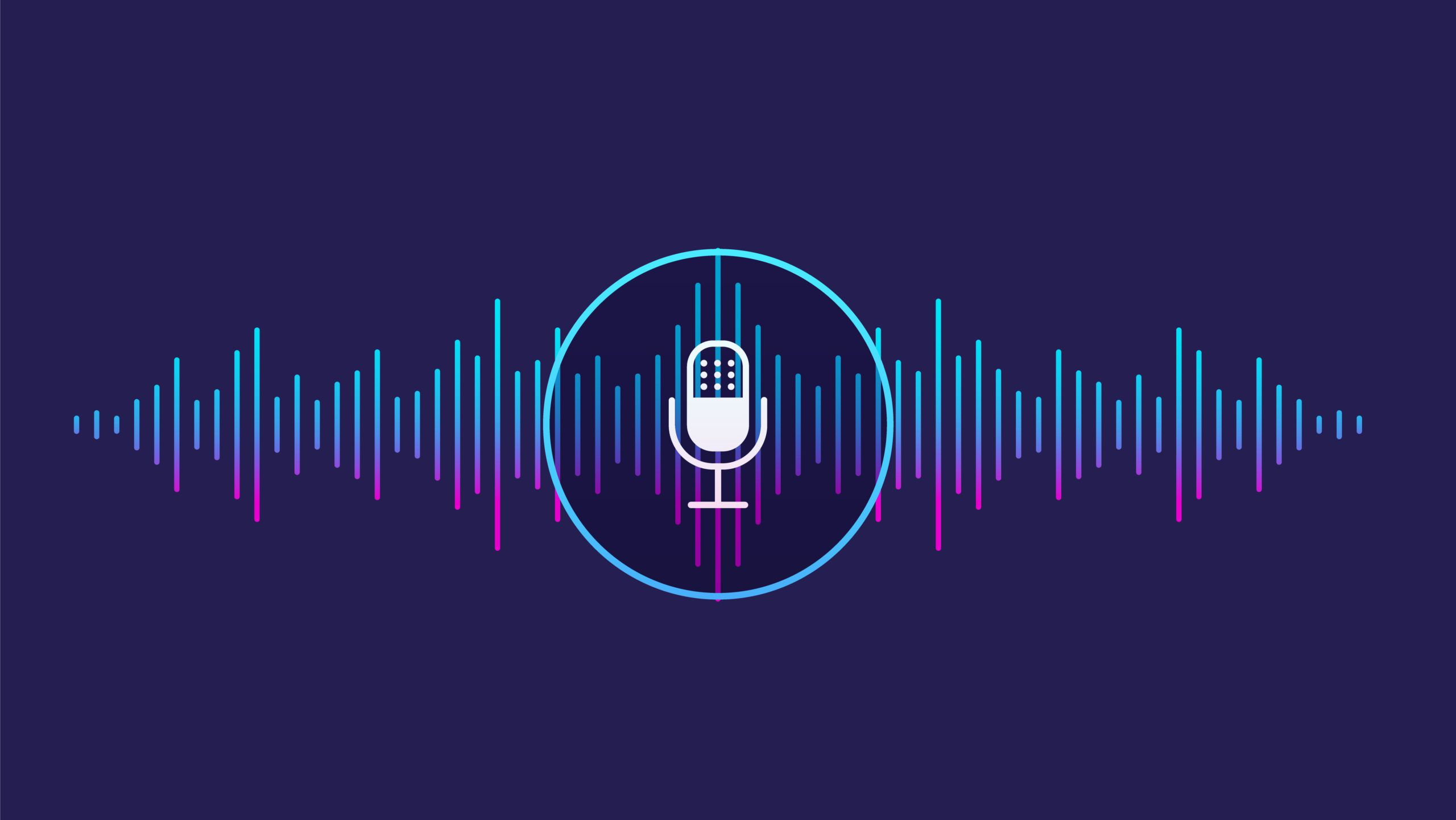With the arrival of voice assistants for smartphones and speakers has come a new frontier: retail voice technology. Voice assistants like Alexa and Google Home aren’t going anywhere any time soon: voice-enabled speakers are predicted to be in 55% of U.S. households by the year 2022. Americans are using them steadily, and the field is only growing, as it’s estimated there are one billion voice searches a month. The report also forecasts voice shopping will jump to $40 billion by 2022. All of this shows that voice assistants are not a fad and should be considered for uses beyond the home. Voice technology is the future and while it has applications in apps, it can certainly be utilized in-store as well.
The Growth of Retail Voice Technology
The retail industry is growing and expanding to meet the needs of consumers, consistently investing in technology to improve the shopping experience. The emphasis on making a connection with a customer can’t be understated in the retailer’s quest for consumer loyalty, and technology enables stores to do just that. Consumers are already turning to the internet for advice on shopping — Google reports the term “Where can I buy” has risen by 85% over the last two years — and voice shopping helps meet their needs. Consumers are onboard with voice shopping, and 1 in 4 used voice assistants during their holiday shopping in 2017. Rather than just focusing on connecting consumers to shopping online with their voice, retailers should also embrace the technology for use in store and add it their omnichannel approach. Retail voice technology is flexible and adaptable, thus applicable to various retail categories.
Imagine: We could very well enter a future where a shopper can connect with a voice assistant. They would do this by either using the retailer’s app in-store to navigate and make purchases or pose questions to an on-site voice assistant. The shopper would make a query such as “Where are the air filters” or “What aisle is the peanut butter in?” to an in-store voice assistant and then be directed to the aisle number or location.
Retail Voice Technology: Giving The Personal Touch
Using voice assistants in-store would streamline the customer service experience and make it easier for associates to assist customers with more complex questions or situations. Retail voice technology also offers a personal touch, wherein customers feel like they’re interacting with someone on a personal level, offering significant chances for growth in loyalty and spending, as 49% of customers surveyed said they purchased something they didn’t intend to due to the personal recommendation from a brand.
Google has found that 72% of voice-activated speaker owners consider their devices a part of their daily routine, so many customers are used to the technology already and would welcome it while shopping in a store. In fact, the same report found that 52% of voice-activated speaker owners would like to receive information about a brand’s deals, sales, and promotions. Shoppers are open to new technology, especially any form of it that enables them to shop easier, smarter and in a more convenient way: consumers chose in-app tools to navigate a store, voice-activated shopping ranked higher with shoppers in overall satisfaction rates. The same report found that of the shoppers familiar with voice shopping, 55% said it improved their shopping experience.
Retail voice technology has already emerged in some stores in the form of an on-site guide. H&M recently unveiled a voice-activated smart mirror in their Times Square location, the largest of its shops. Smart mirrors have been installed on the sales floor and will activate once a user looks at the mirror for a brief period of time. While the smart mirror is designed for fun — offering a selfie camera and putting the user’s image on a digital magazine cover — it has practical application in shopping as well. In addition to offering selfies, H&M’s mirror features “fashion inspiration” and displays outfits and pieces based on the user’s selections, i.e women’s fashion. Shoppers can then “shop the look” as displayed on the mirror by scanning a QR code. As the code connects shoppers to the H&M website, it’s part of the omnichannel experience, yet the shoppers can also browse for the looks in store as well.

We may be far away from having these type of voice assistants in every store across the country, but the data clearly demonstrates that a new trend is here and it’s retail voice technology. The challenge now is focus– retailers need to develop a way to use voice technology to be a seamless experience that helps not hinders shopping. Whether it arrives in stores via an app or an on-site kiosk or smart mirror, it will be exciting to see.
Looking for more ways to leverage your IT team to improve the in-store customer experience? Take a look at our Research & Reports, featuring the latest retail industry research.


